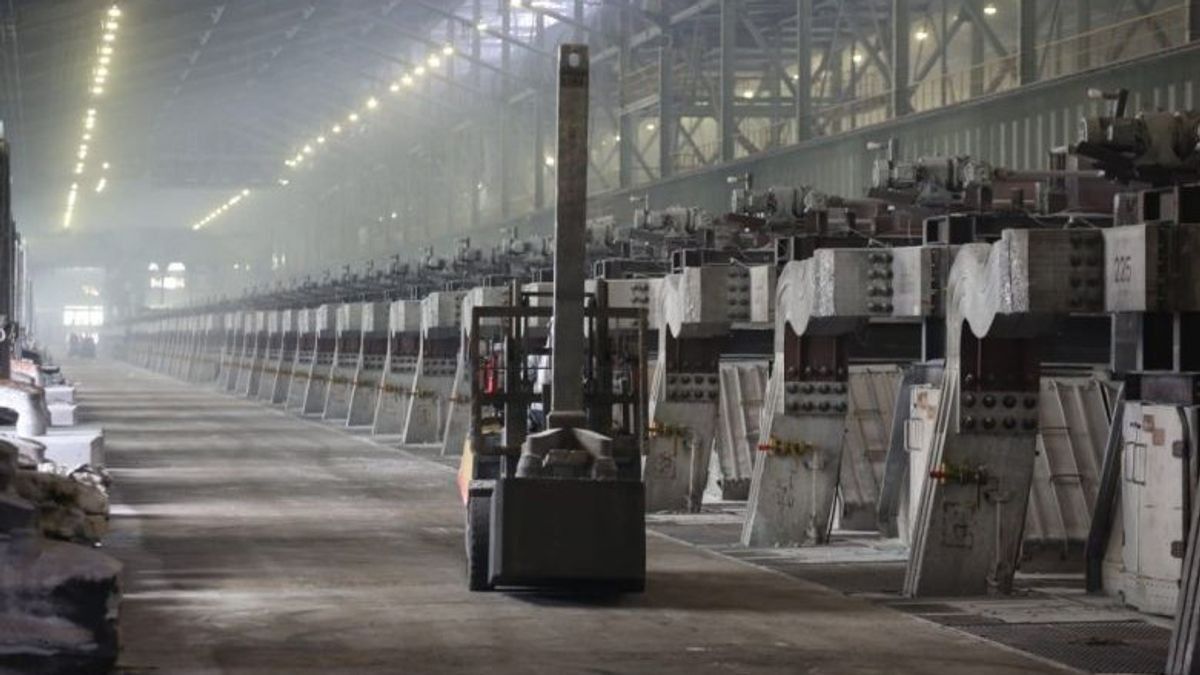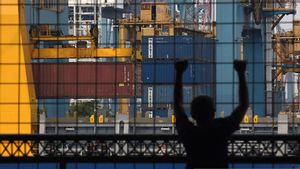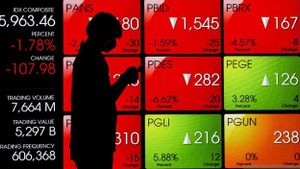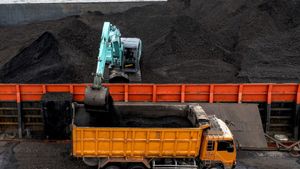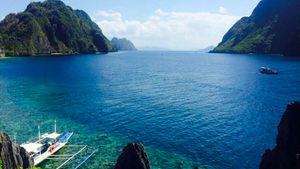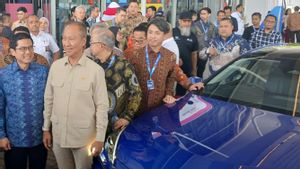YOGYAKARTA Downstreaming industry is the key to making Indonesia a developed country.
This was conveyed by President Joko Widodo (Jokowi) at the Mandiri Investment Forum 2023 which was held at the Fairmont Hotel Ballroom, Jakarta, Wednesday, February 1, 2023.
In the event, President Jokowi reminded his staff to continue the downstream policy despite being challenged by other countries.
I convey to the ministers that every meeting, don't look right and left, keep going downstream. Being sued at the WTO [World Trade Organization], continue. Losing, keep going. Because this is what will jump developing countries into developed countries for our country, "said Jokowi, driven by VOI from the Cabinet Secretariat website.
The former Mayor of Solo and the Governor of DKI Jakarta said that downstreaming of the industry brought huge added value to Indonesia. For example, the policy of banning nickel ore exports since January 2020 accompanied by downstream nickel has been able to significantly increase the value of nickel exports from US $ 1.1 billion to US $ 30-33 billion in 2022.
So, what is downstream industry?
Industrial Hiliration Is
Quoted from the official website of BKPM, downstreaming of the industry is a strategy to increase the added value of the commodities owned. In Indonesia, the downstream industry policy has been launched since 2010.
With downstreaming, commodities marketed abroad are no longer in the form of raw materials, but in the form of semi-finished goods or finished goods.
The purpose of downstreaming the industry is:
Downstreaming is something that must be done to reduce the impact of lower commodity prices. If Indonesia continues to depend on exports of raw commodities, then Indonesia will easily decline when the selling value of these commodities decreases.
On the other hand, if Indonesia exports semi-finished goods or finished goods, then the selling value will be higher. In addition, the price of semi-finished goods and finished goods tends to be more stable than the price of raw materials. If the selling value of export goods is high, then the profit to be obtained will also be higher.
Based on data from the Ministry of Industry, the industrial sector contributed quite a large contribution to the value of the 2022 national export, which was 72.83 percent with a total value of 114.97 billion US dollars. Meanwhile, industrial exports in the January-March 2022 period reached 83 billion US dollars or a surplus of around 11.48 billion US dollars.
Downstream Industry in Indonesia Focuss on Three Sectors
The central government through the Ministry of Industry is currently focusing on implementing industrial downstream policies in three sectors, namely:
Regarding agro-based industrial downstreaming, the Ministry of Industry is making an increase in added value on the commodity of the head of oil palm. These commodities are transformed into oleofood complexes, oleochemical and biomaterial complexes, and palm-based vegetable fuels (such as biodiesel, greendiesel, greenfuel, and biomass).
For mining downstream, there are five commodities whose added value is being driven, namely copper ore, iron ore and iron sand, nickel ore, bauxite, and rare earth metals, citing the official website of the Ministry of Industry.
Meanwhile, downstream oil and gas and coal-based industries include the development of the fertilizer and petrochemical industries. The government is currently overseeing a number of giant petrochemical industrial development projects, including petrochemical investments in Cilegon, coal gasification in Muara Enim, and in Bintuni Papua.
That's information about downstream industry in Indonesia. As a reminder, downstream industry is the key to making Indonesia a developed country. Hyloration is very useful because it can increase the added value of a commodity.
The English, Chinese, Japanese, Arabic, and French versions are automatically generated by the AI. So there may still be inaccuracies in translating, please always see Indonesian as our main language. (system supported by DigitalSiber.id)
